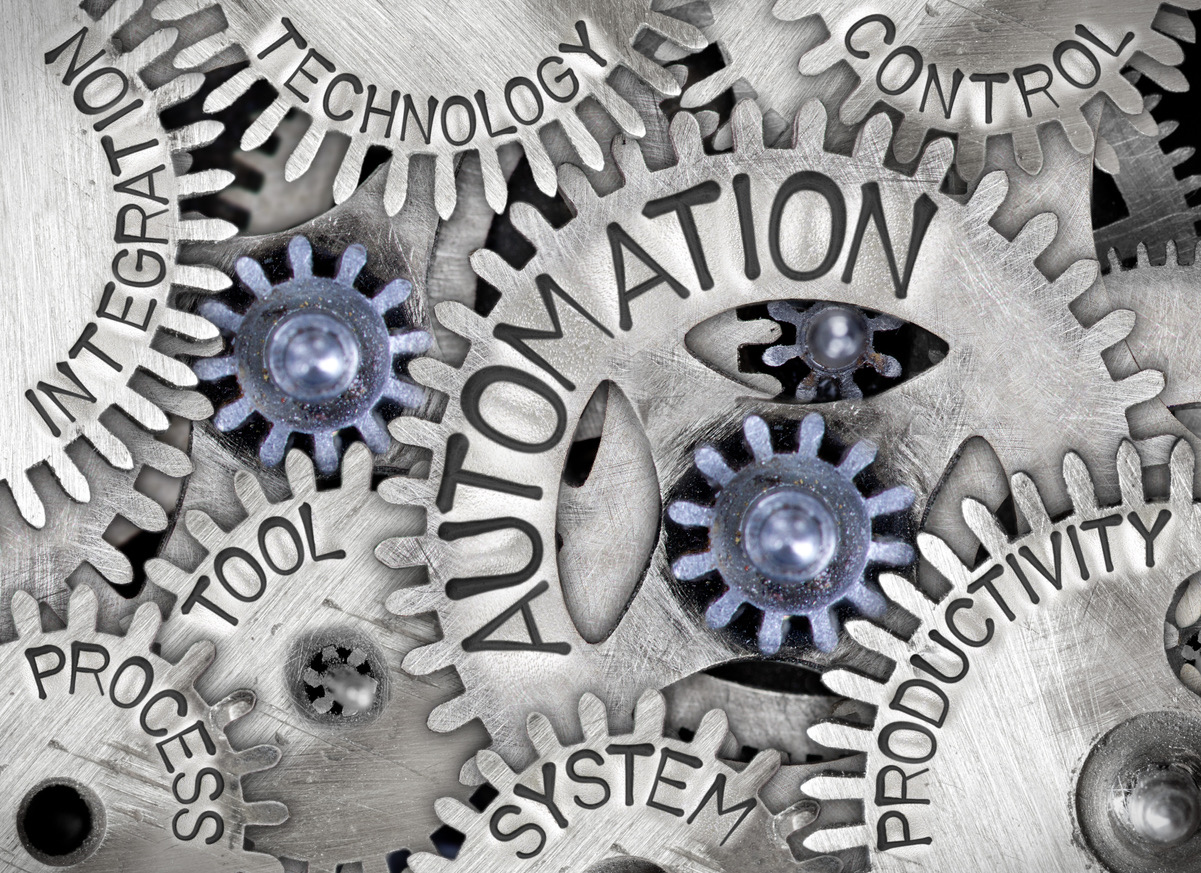Examples of Automation Software in Today’s Workforce
November 6, 2018

Robotics, automation, artificial intelligence, augmented reality, and virtual reality are all quickly influencing and shaping the future of work. As shown in Workfront’s State of Work report, knowledge workers today want automation software, with 86% of U.S. workers believing that the rise of automation will help us think of work in new and innovative ways. As a result of this demand, automation software is gaining mainstream adoption.
For example, take customer feedback tools. On this front, Luminoso uses text-based interactions between customers and employees and then automatically translate those interactions into usable data via machine learning. In this way, these customer interactions increase both employee and customer happiness.
Then there’s human resources processes, which are being transformed with the automation of employee analytics via companies such as Workday. Now HR employees can get instant insights into turnover, diversity, the gender pay gap, compensation, and more.
The hiring process is also being elevated through the automation of quickly reading through resumes, searching for keywords to identify common themes, and helping to identify best candidates for interview. Automated hiring and recruitment tools such as HireVue use algorithms to cut time in the hiring process.
Chabots are another way that automation is being leveraged for the employee and customer experience. A great application for chatbot automated responses is for frequently asked employee questions. Automation tool Spoke uses a smart bot to answer employee requests. Spoke uses AI to draw insights from each request, so it can answer future questions faster. In addition, chatbots are taking on the night shift by providing information and support when the rest of us are asleep. Tools such as BotEngine, Bold360, and Chatlio are a few examples of chatbots taking care of customer needs 24/7.
Smart home technology is being used in smart offices or facilities. Tools that monitor and share information on status of equipment or facilities include Emaint facilities management software. Automated workplace tools like Comfy connect employees directly to office buildings and workplace systems, allowing them to request temperature changes, see available meeting rooms, and control lighting.
Even tools that have been around for years, such as Salesforce, now have numerous features that allow for automation of customer lead information integration. An automated customer intake process means the seamless integration of customer contact to lead to database and eventually to a paid client.
To be specific, the process for an automated client onboarding with Salesforce looks like this:
- Lead is identified in email
- Lead is automatically put into Salesforce database and Mail Chimp
- Client onboarding checklist is automatically generated
- Client information pushed into client checklist
- Basic onboarding client email sent
- Employee follows up personally with client
- Automated tasks and follow up are set by employee for future action
These are just a few examples of what’s already in play today.
The Future of Work
It’s easy to hear the words automation and robotics and think that jobs will be replaced or that we are being overrun by technology. The World Economic Forum states that jobs with repetitive tasks will be replaced, however there will also be new jobs created that require distinctly human skills.
In the future, we will see automation of knowledge transfer all worker input will be tracked by AI and recorded so that a worker could leave their job but all of their knowledge and file activities would be automatically stored for future reference.
One of the biggest challenges for workplaces right now is being able to keep the worker experience knowledge on record and automation and AI is going to help solve this problem.
We are very near a future of work where almost all repetitive data will be automated and time will be freed up for humans to do what humans do best – connect, collaborate and innovate. In addition, I envision a future where people will actually be able to do more work that they love rather than the mundane tasks that bog most people down in their daily work.
Right now, we are in the transition zone of all of this change and organizations need to invest in the right technology solutions that enable processes and tasks to be automated. In order to be future ready now leaders and teams need to embrace automation as part of digital transformation in order to create the future of work — now.
This blog post was originally published on Workfront.